Mindy Woods’ favourite native Australian ingredients and recipes
MasterChef star and proud Bundjalung woman, Mindy Woods is on a quest to get Aussies cooking with, eating and loving First Nation foods. Check out her hand-picked recipes here.
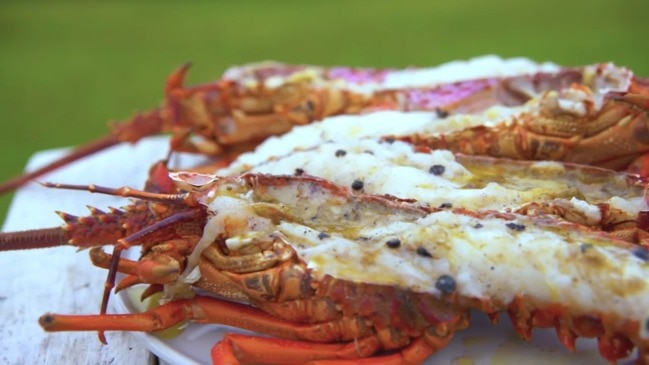
And fortunately for us, Australian Natives are the world’s latest food ‘trend’. Featured heavily throughout menus of cafes and restaurants throughout Australia and abroad and being popularised through mainstream media, it’s an exciting time to be ‘discovering’ native foods.
It is only in the last 20 years that modern Australia has begun to ‘discover’ the exciting range of native food and botanicals that have been nurtured and cared for by traditional owners for tens of thousands of years. The world’s newest and Australia’s fastest growing food trend ‘Native foods’ remarkably depends upon just that – the world’s oldest living culture, and the world’s oldest, most unique ingredients.
Eating and cooking with Native Australian foods connects us to our surroundings, our rich traditional culture and acknowledges the significance of these foods for all Australians.
These foods are connected to our dreaming, our art, our dance, our traditions, our people, culture and country. Importantly particular ingredients are connected with certain regions and Indigenous nations and the significance of these connections should never be overlooked.
Interested in adding native ingredients into your culinary repertoire?
Here are my go-to top 5 native ingredients to get you started.
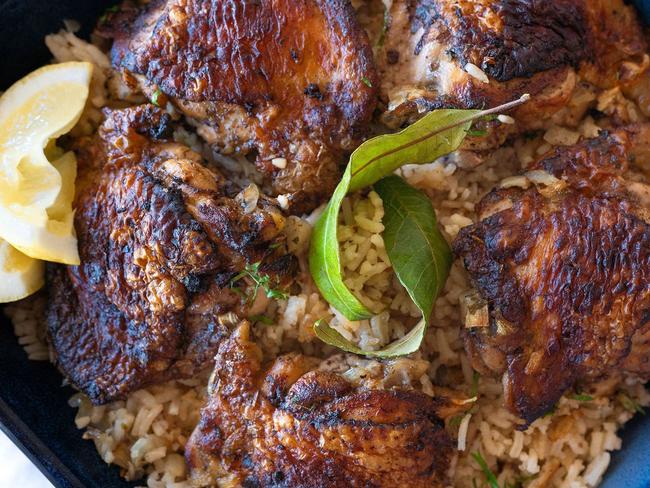
Lemon myrtle (Backhousia citriodora)
It’s Australia’s answer to lemon zest, lemongrass or even a lemon-scented bay leaf. Lemon myrtle is one of my absolute favourite natives due to its striking aroma, flavour and versatility. Lemon myrtle is a small growing rainforest native tree with leaves that release a strong lemon scent when crushed or after rain. It has the highest citral content of any plant. This high content of citral affords an intense lemony aroma and flavour.
Indigenous Australians have used lemon myrtle for over 40,000 years as medicine and as a flavouring for food. Typically, leaves were wrapped in paperbark and tossed under hot coals to flavour fish and meat dishes.
From cocktails to cheesecakes to casseroles, lemon myrtle is potentially the most versatile native ingredient. I substitute standard bay leaf for the lemony aroma of lemon myrtle leaves in stocks, sauces and currys and I love to use small amounts of dried lemon myrtle in place of lemon zest in desserts, to infuse ice-creams and custards. Steeping half a teaspoon of dried lemon myrtle in hot water makes an uplifting cup of tea.
Fresh leaves can easily be infused into olive or coconut oil and used for cooking, to bump up the flavour in dressings, sauces and marinades. Lemon myrtle is particularly good with seafood.
Try Mindy’s one-pan lemon myrtle chicken and rice recipe.
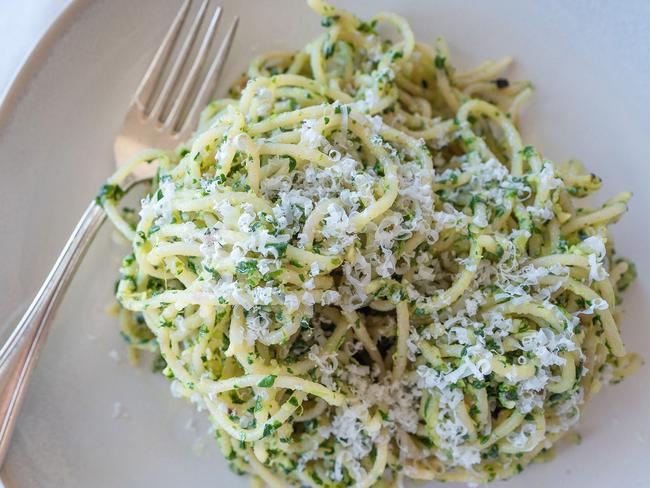
Warrigal greens (Tetragonia tetragonioides)
Warrigal greens (or warrigal spinach) is a ground cover plant which grows all along the eastern coast line. Like most plants, it will take on the flavours of the country and soils it grows within and can be earthy and herbaceous through to slightly salty, especially when harvested by the sea. Larger warrigal leaves are best blanched or steamed before eating. Small, tender leaves can be eaten raw.
Warrigal greens are Australia’s very own native spinach and an incredible replacement for spinach, Asian greens, chard or cavolo nero. It has far more intensity of flavour than your standard English spinach, so why not give warrigal greens a go?
Try Mindy’s warrigal greens pesto recipe.
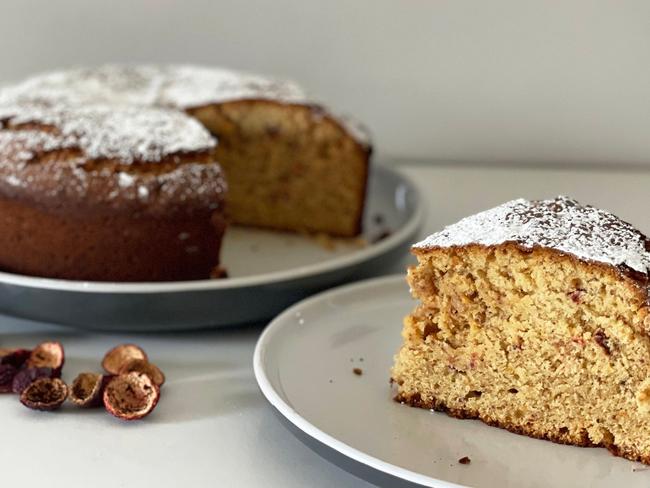
Quandong (Santalum acuminatum)
Also known as the native peach or desert peach, quandong stands above so many others as one of my favourite native fruits. This beautiful striking burnt-orange-to-red fruit has been revered and enjoyed by Indigenous Australians for thousands of years. Quandong for many Indigenous nations is an ancient and sacred fruit, gathered and traded throughout millenia and features heavily in traditional art, dances and dreaming. It has a pleasant sweet-acid taste and firm texture. Quandongs are available fresh, dried or frozen and as with many native ingredients, quandongs are a rich antioxidant and a high source of vitamins and minerals.
Try Mindy’s delicious quandong cake recipe.
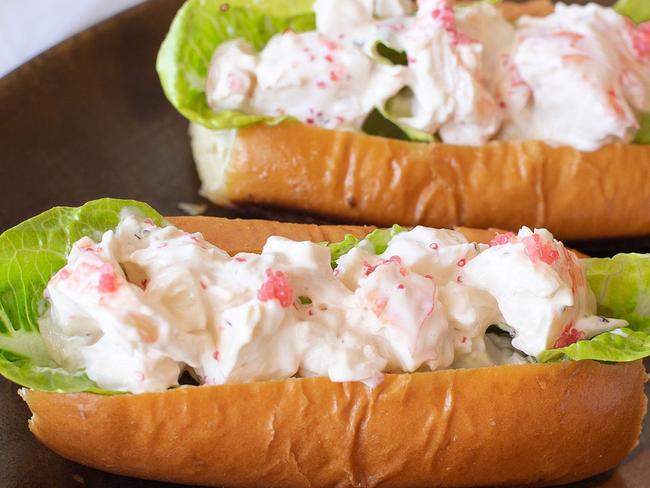
Finger lime (Citrus australasica)
Fondly known as native lime caviar (or as we like to call it in the great Northern Rivers region ‘Bundjalung caviar’), finger limes have been an essential food source for certain First Nations clans for thousands of years. Finger lime trees were traditionally found in the subtropical rainforests of Northern NSW and Queensland and have in recent years experienced surging popularity and demand.
The shape of a small finger, finger limes are known for their caviar-esque pearls that literally burst with flavour. In varying shades of yellow, green, pink, and scarlet, there is something incredibly unique and special about finger limes and rightfully so: they are understood to be between 3 to 5 million years old.
Nutritionally speaking, finger limes are a great source of folate, potassium and Vitamin E & C. They are delicious squeezed onto freshly shucked oysters, served on any cooked seafood and are beautiful in sauces and dressings. They add zing into granitas, ice-creams or sorbets and fabulous freshness to sparkling water. What’s not to love about finger limes?
Try Mindy’s lobster rolls with easy finger lime mayo recipe.
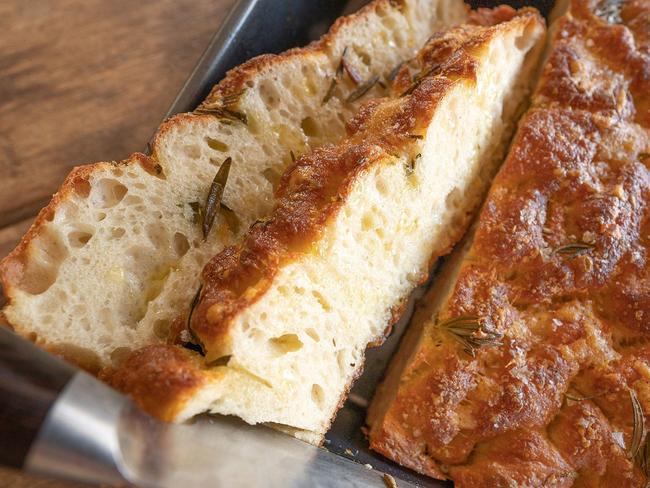
Coastal rosemary (Olearia axillaris)
Also known as sea rosemary or wild rosemary, coastal rosemary is typically found along the coastal areas of NSW, Victoria, South Australia, Western Australia and Tasmania. This often rugged looking silvery green shrub is beautiful to cook with much like the more familiar European rosemary. Traditionally used for ceremonial purposes and as a deterrent for mosquitoes, coastal rosemary’s strong aromatic quality lends itself to cooking with roast vegetables, meats and as a flavouring for bread.
Try Mindy’s delicious native rosemary and parmesan focaccia recipe.
Substitutes for native ingredients
Natives are best sourced at local farmers markets, Playing with Fire Native Foods or Creative Native online. However, if you struggle to source them or cannot grow your own, Mindy recommends the following:
- Spinach or kale as a substitute for Warrigal greens
- Bay leaf and lemongrass for lemon myrtle
- Peach or apricots for quandong
- Regular rosemary instead of native rosemary
- Regular lime instead of finger lime
Find out more about Mindy Woods by reading her bio.
Mindy and the whole team at taste would like to acknowledge and pay their respects to the traditional custodians of the land, sky and sea, the Indigenous people of Australia and our elders past, present and emerging.
For more recipe ideas, go to taste.com.au or check out the Taste Test Kitchen now.
Originally published as Mindy Woods’ favourite native Australian ingredients and recipes


